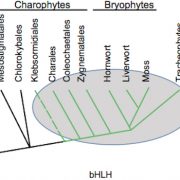
MYC Transcription Factors are Functionally Conserved between Bryophytes and Eudicots
Research, Research Blog, The Plant Cell, The Plant Cell: In a NutshellPeñuelas et al. uncover the surprising functional conservation of jasmonate-related MYC transcription factors in liverwort. Plant Cell (2019) https://doi.org/10.1105/tpc.19.00974
Background: Jasmonoyl-isoleucine (JA-Ile) is a lipid-derived plant hormone that regulates immunity, growth, and development…
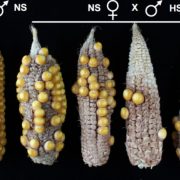
Plant Science Research Weekly: August 9th
Blog, Research Blog, WWR Full PostPhyscomitrella STEMIN transcription factor induces stem cell formation with epigenetic reprogramming
Insights into transcription factors (TFs) in non-flowering plants are increading thanks to the establishment of new bryophyte model organisms. In new work, Ishikawa et al. present STEMIN1, a Physcomitrella…
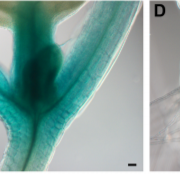
Fear Not the Unknown: OPENER as a Study in Shedding Light on Genes with Unknown Function
Research, Research Blog, The Plant Cell: In BriefGenome sequencing has become (relatively) cheap and easy, but assigning functions to the genes identified remains challenging—even in exhaustively studied species such as Arabidopsis thaliana, where functions of ~30% of genes remain unknown. Many of these genes likely have functions that are essential,…

What We're Reading: June 8th
Blog, Research, Research Blog, WWR Full PostGuest editor: Danielle Roodt Prinsloo
Danielle is a PhD candidate in the Forest Molecular Genetics (FMG) Programme at the University of Pretoria, South Africa. She has been a Plantae Fellow since September 2017, having joined after attending her first ASPB Plant Biology meeting. Danielle is a plant…
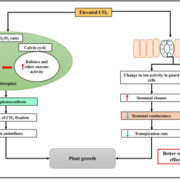
Review: New insights into the cellular mechanisms of plant growth at elevated atmospheric carbon dioxide (Plant Cell Environ) $
Blog, Plant Science Research Weekly, Research, Research BlogElevated CO2 (eCO2) encourages plant growth through increased photosynthetic rates and lower stomatal conductance. However, eCO2 also has knock-on effects on plant secondary metabolism, which can also affect plant growth. In this review, Gamage et al explore these ‘post-photosynthetic’ effects…
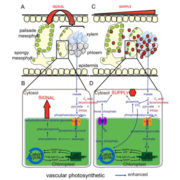
Review: C4-like photosynthesis has important functions in C3 plant vasculature (JXB)
Blog, Plant Science Research Weekly, Research, Research BlogIn contrast to the much-studied photosynthetic processes in C4 plant vasculature, the processes in the cells surrounding C3 veins remain much less understood. Here, there appears to be a partial and more spatially-separated C4 pathway, which has been observed in several species including rice, Arabidopsis,…
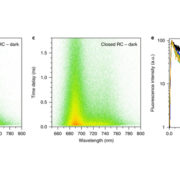
Dynamic feedback of the photosystem II reaction centre on photoprotection in plants (Nat Plants) $
Blog, Plant Science Research Weekly, Research, Research BlogThe light reactions of photosynthesis are under constant regulation in order to continue operating efficiently and avoid photodamage in a fluctuating light environment. One mechanism to avoid photodamage is the dissipation of excess excitation energy as heat, which can be determined by measuring non-photochemical…
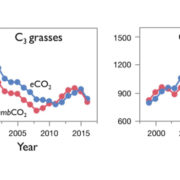
Unexpected reversal of C3 versus C4 grass response to elevated carbon dioxide during a 20-year field experiment (Science) $
Blog, Plant Science Research Weekly, Research, Research BlogIt is widely accepted that the growth of C3 plants responds more to elevated CO2 (eCO2) than that of C4 plants, since photosynthesis in C3 plants is more limited by the current atmospheric CO2:O2 ratio due to the oxygenase activity of Rubisco. This has been established empirically in short-term eCO2…
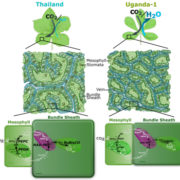
Natural variation within a species for traits underpinning C4 photosynthesis (Plant Physiol)
Blog, Plant Science Research Weekly, Research, Research BlogWhile C4 photosynthesis is relatively well understood, the research community is still some distance from converting a C3 crop to one that performs C4 photosynthesis. There are many reasons for this, including the complex requirement to reconstitute Kranz leaf anatomy in a C3 species, and the elusive…

